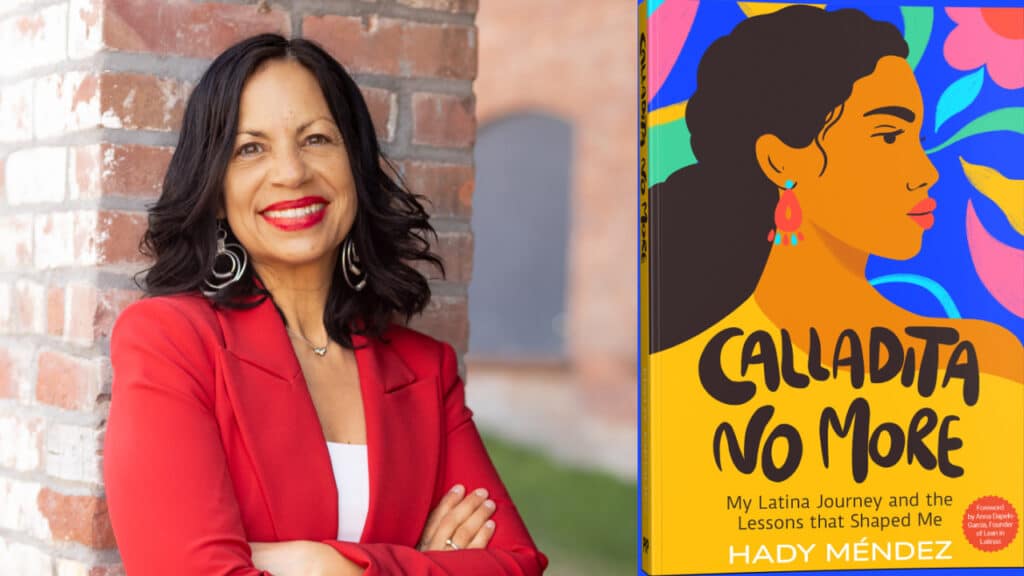What Recession Core Says About Your Wallet, Not Just Your Wardrobe
We know when the economy shifts, so do our spending habits. But what happens when it changes our closets, too? This Financial Literacy Month, we’re teaming up with SUMA Wealth to explore how fashion’s newest trend—”Recession Core”—is actually an economic wake-up call.
Recession Core Is Less About Looks, More About Survival
From award show red carpets to our TikTok FYPs, minimalism is having a moment. The era of loud accessories, flashy logos, and “look at me” silhouettes is fading. In 2025, fashion is going quiet—and that silence is speaking volumes about what’s happening in our wallets.
The term “Recession Core” has been floating around since 2023, but it has officially cemented itself in the fashion lexicon. It is a minimalist fashion trend that leans into neutral tones, timeless silhouettes, and quality pieces that can be mixed, matched, and reworn with ease. Think capsule wardrobe energy, but with a financial motive.
The Economy’s Not Officially in a Recession—So Why Are We Dressing Like It?
Although the U.S. isn’t technically in a recession, many Americans feel the pinch of inflation in their daily lives. According to CBS News, consumer staples like eggs have seen price hikes as high as 279%. These rising costs are reshaping what we consider essential, including in our wardrobes.
As Ava Kruczko wrote for The Green Hope Falcon, “When the economy falters, the monetary and artistic growth of the fashion industry is thwarted, and apparel brands turn to utilitarian, minimalistic styles.” In other words, it’s giving sensible, not splurge-y.
Celebs Are Dressing Down—And That’s Very Recession Core
It’s not just us regular folks embracing pared-down fashion. Celebs are ditching diamond chokers and statement pieces for bare collarbones and clean lines. In Fashion Magazine, Natalie Michie pointed out a while ago that even red carpets are being stripped of glitzy jewelry. Instead of opulence, we’re seeing ambiguous affluence—quiet luxury that doesn’t scream wealth.
SUMA Wealth highlighted Pretty Little Thing as a key example. The fast-fashion brand, once known for its party-girl aesthetic, rebranded in 2025 with a more neutral, understated collection—a clear pivot toward recession-conscious fashion that mirrors what shoppers are feeling and spending.
Recession Core Isn’t Just Style, It’s Strategy
Minimalist fashion might look simple, but it’s rooted in practicality. Recession Core helps consumers get more wear out of fewer pieces. By streamlining your wardrobe to versatile basics, you’re not just saving closet space—you’re saving money.
The SUMA team breaks it down: “With the encouragement of a functional and practical wardrobe, Recession Core reduces impulse buying and encourages thoughtful purchases. If it only serves one purpose, it’s not good enough.”
This isn’t about giving up fashion—it’s about redefining it through a financially informed lens.
What Recession Core Can Teach Us About Our Finances
Fashion is cyclical, but economic anxiety is persistent. That’s why Recession Core feels so relevant right now. As Dazed reported, the return of 2000s-era staples like the Alexander McQueen skull scarf isn’t just a style throwback. It’s a recession-era signal—and a way for fashion lovers to invest in pieces with long-term value.
Furthermore, fashion trends are often outpacing real economic data. Thanks to social media, the trend cycle is speeding up, but the financial cycle isn’t keeping pace. That mismatch might explain why we’re dressing for a recession that hasn’t officially arrived. But it also means we should take this style shift seriously.
SUMA Wealth encourages using tools like its app to track spending habits, identify wasteful purchases, and start prioritizing savings before a full-blown recession hits. Recession Core can be a vibe, but it can also be a blueprint.
Recession Core Is Fashion’s Financial Check-In
When you look in the mirror and see yourself reaching for the same timeless blazer or minimalist sneakers, you’re not just making a fashion choice. You’re making a financial one.
Recession Core isn’t a passing trend—it’s a reflection of the times. And in a moment where financial literacy is more essential than ever, it’s a reminder that how we spend (and what we wear) always says more than we think.
Ready to style your money smarter? Recession Core might be the most budget-friendly aesthetic yet.




